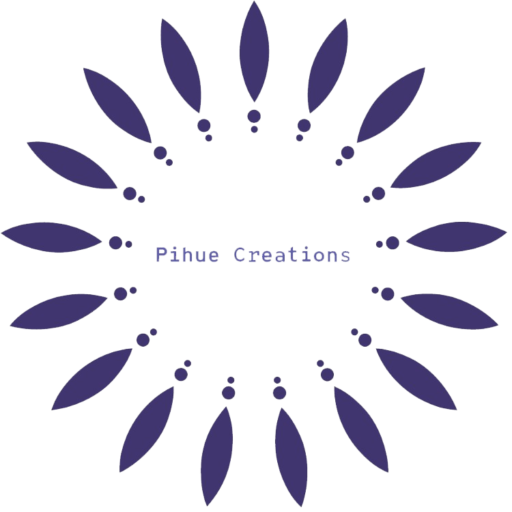Rugs are a powerful tool in the world of interior design, offering more than just functional floor coverings. They play a crucial role in enhancing the aesthetics, comfort, and flow of a space. For interior designers, rugs can be transformative, helping to anchor a room, create zones, introduce color, and add texture, making them a key design element in any project.
Defining Spaces and Creating Zones
One of the most effective ways rugs help interior designers is by defining spaces, especially in open-concept layouts. A well-placed rug can create distinct zones within a larger room, such as separating a living area from a dining space. This helps guide the eye and provides structure to an otherwise open space.
For instance, in a large living room, an area rug can anchor the seating arrangement, creating a cohesive gathering space. In a studio apartment, rugs can distinguish between the sleeping area, workspace, and lounge area without the need for physical dividers. By using different rugs in different areas, designers can subtly direct the flow of traffic and establish distinct functional zones.
Introducing Color and Pattern
Rugs offer a fantastic opportunity to introduce color and pattern into a design. Whether bold and vibrant or subtle and neutral, a rug can set the tone for the entire room. For a neutral space, a rug with bright colors or intricate patterns can serve as the focal point, adding visual interest without overwhelming the room. On the other hand, for a space with bold furniture or wall colors, a more muted rug can balance the design by grounding the overall look.
Interior designers can use rugs as a tool to harmonize the color palette of a room. By selecting a rug that incorporates the main colors of the room’s decor, designers can tie together disparate elements and create a unified look.
Adding Texture and Comfort
Rugs also play a vital role in adding texture and comfort to a space. A thick, plush rug can bring warmth and coziness to a room, making it feel more inviting. In contrast, a flat-weave or jute rug can introduce a more casual, natural texture. By layering rugs with different textures, designers can add depth and dimension to a room.
Rugs are more than just accessories—they are essential tools that interior designers use to enhance a space’s function and beauty. From defining zones to adding color, pattern, and texture, rugs offer endless possibilities for creativity and personalization in any design project.


